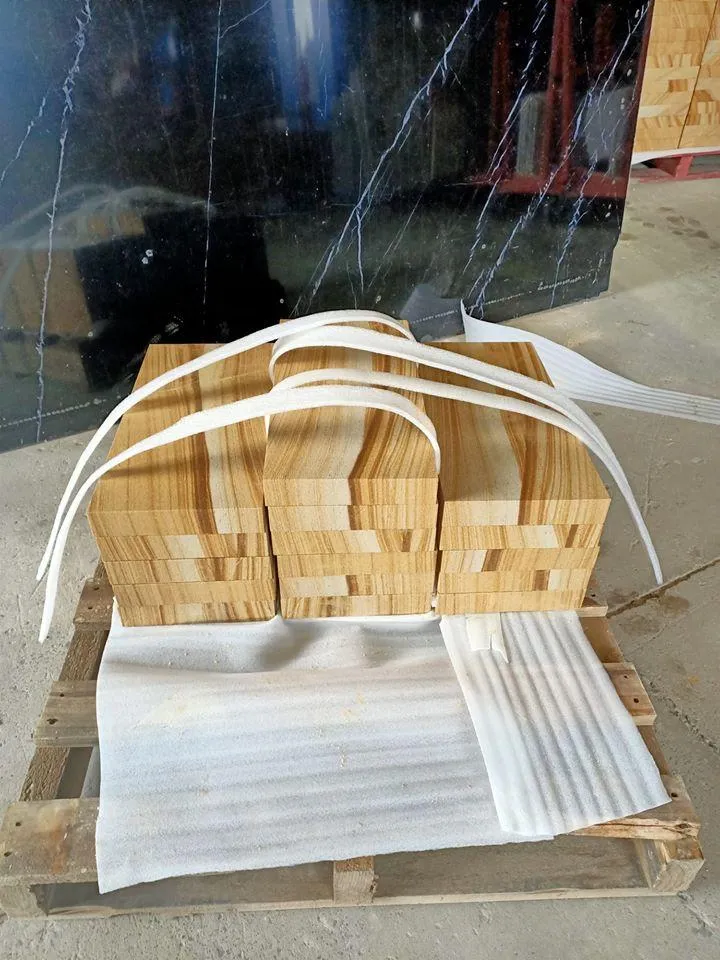Installing sandstone pavers for a walkway, driveway, or patio is a relatively economical and aesthetically pleasing way of improving your home. While using other materials such as asphalt or granite for your driveway are always an option, sandstone pavers require less maintenance, are more durable, and are incredibly environmentally friendly as well.
However, you can only enjoy these advantages if you install your pavers correctly. To give you a better idea, here are five helpful tips for installing your sandstone pavers:
1- Consider the soil type
Not all soil types do well with outdoor pavers. Before laying out your bricks, ensure that the soil is strong enough to support its weight and all additional loads, like people, furniture, or vehicles. Clay soil is very unsuitable for pavers because they tend to shift around with weight, requiring extra stabilisation work.
The type of soil base you need also depends on what the paved surface will be used for. Surfaces that will have to handle more weight, such as a driveway, will need more substantial soil bases, such as crushed stone or recycled concrete aggregate.
2- Compact your sand bedding
Your sand bedding is the one holding your pavers together. The sand needs to be compacted to provide the friction that keeps the pavers in place. The substrate’s stability or base is critical to ensuring that the sandstone pavers on top do not move easily due to weight and ground movement.
Compaction is usually done with heavy machinery. However, for smaller projects like your walkway or driveway, a contractor can do it with a mini compactor.
3- Don’t forget about drainage
Water needs to be redirected away from it through effective drainage, or your structure will be waterlogged and eventually weakened. This is true for every human-made construction, whether it be a skyscraper or a simple driveway paving job!
In most cases, the drainage system can be as simple as having a 1-2” slope to ensure that the water does not accumulate under your pavers. You can do this during the soil compaction process, where you can tamp down the substrate and shape it so that the water can be redirected elsewhere.
4- Keep it together
How you arrange your pavers will ultimately be up to your taste, but using paver edging to keep your sandstone pavers’ edges together ultimately makes for a stronger walkway, driveway, or patio. Not keeping your edges together will result in unsightly gaps, as the pavers themselves move over time!
For best results, use spacers during installation to ensure that your pavers are installed evenly across the surface.
5- Let it settle
Waiting for a few hours before driving or walking on your pavers is a good idea if you don’t intend to use a sealer. This allows your newly-installed pavers to “settle” into place. However, if you did use a sealer, it’s a good idea to wait for at least a full 24 hours before walking or driving over your pavers for good measure.
Conclusion
Compared to other materials, sandstone pavers are more advantageous in the long run. Besides economic advantages, their natural colours are also very aesthetically pleasing! To help you in its installation, remember to follow this quick and easy guide. In doing so, you can fully enjoy your sandstone paved driveway, walkway, or patio in no time!
Are you looking for a provider of sandstone pavers in Australia? Maroota Sandstone Quarry is your top source of Australian sandstone pavers. We also supply sandstone boulders, sandstone flagging paths, and 1m diamond-sawn sandstone logs. Contact us today and find the perfect sandstone products for your needs!




